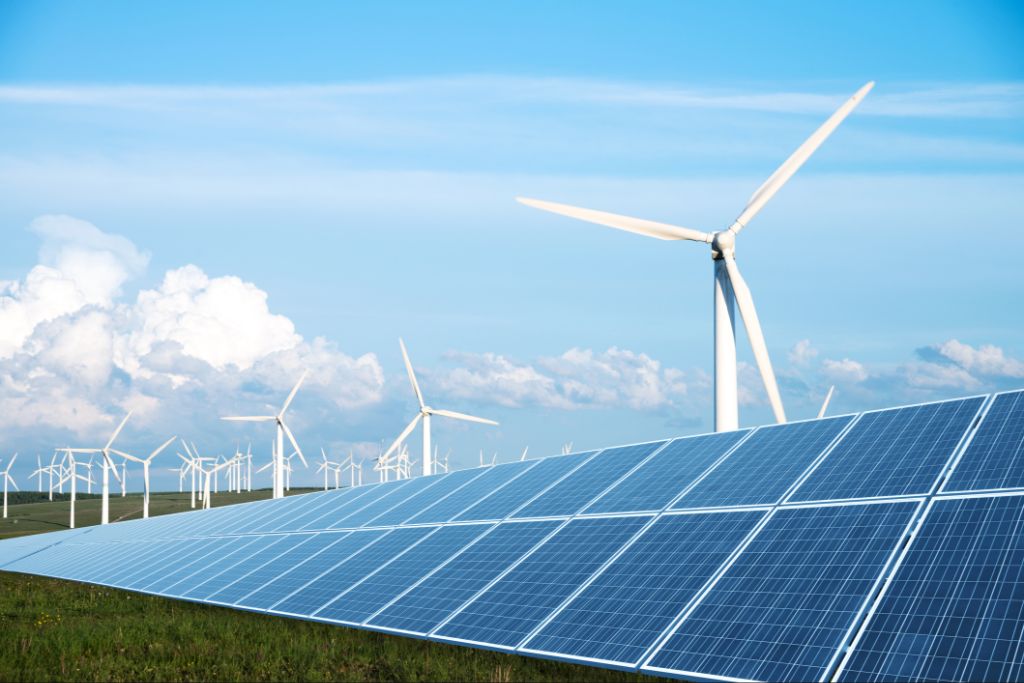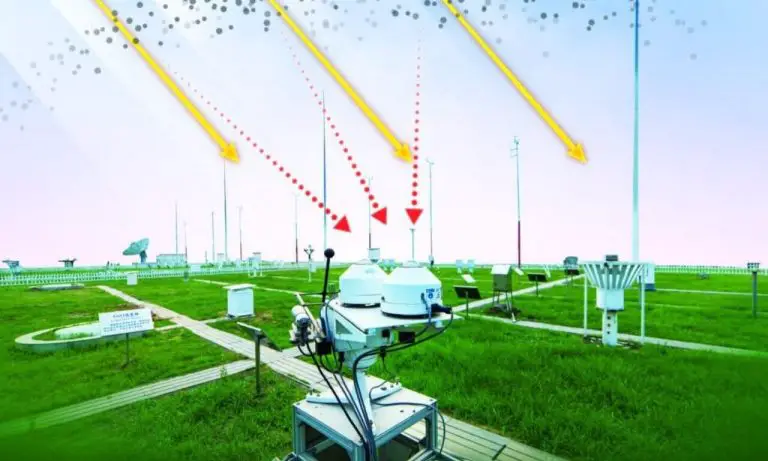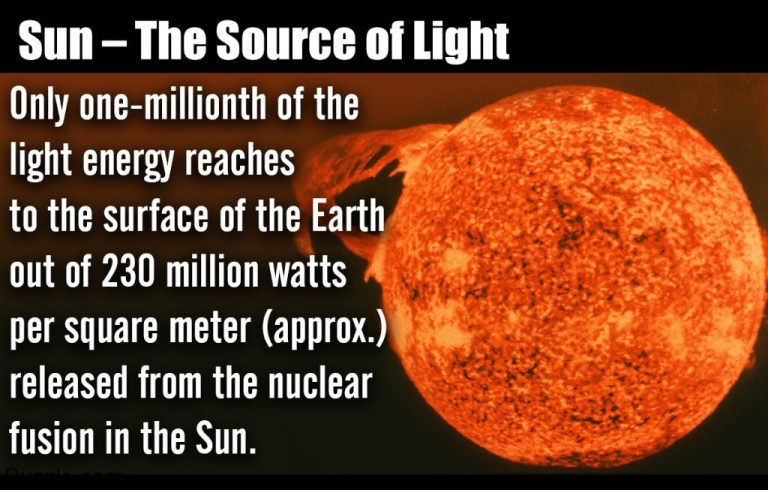Why Is Renewable Energy Not Reliable

Renewable energy sources like solar, wind, hydropower and geothermal have emerged as promising alternatives to fossil fuels. Renewable energy provides clean, low-carbon electricity. However, they come with unique reliability challenges compared to traditional power plants. Unlike fossil fuel plants that can generate power consistently day and night, renewable sources rely on weather and other variable factors. As renewable penetration increases, managing the variability and uncertainty becomes an increasing challenge for grid operators. This makes renewable energy sometimes difficult to rely on as a consistent energy source.
According to Lord John Browne on LinkedIn, “We also need to solve the challenges of renewable energy reliability.”
Intermittency
Solar and wind power are intermittent energy sources, meaning their power generation fluctuates based on weather conditions and time of day (source). The sun only shines during the day and the strength of sunlight depends on cloud cover. Wind speeds also vary throughout the day and depend on weather patterns. This intermittency causes the energy output from solar panels and wind turbines to constantly rise and fall.
According to one study, solar power can swing from nearly full capacity on a sunny day to near zero output on a cloudy day (source). Wind power sees similarly large fluctuations based on wind patterns. This unpredictable variability makes integrating high levels of renewable energy challenging for grid operators.
Intermittency requires grid operators to have backup power sources available to meet demand when renewable generation drops off. It also increases complexity in balancing electricity supply and demand. Overall, the intermittent nature of solar and wind introduces reliability concerns with scaling renewable energy.
Storage Limitations
One of the major limitations of renewable energy is that it can be difficult to store and manage the intermittent power generated by sources like wind and solar. Batteries and other storage methods are still limited in capacity. While short-duration energy storage (SDES) systems can discharge energy for up to 10 hours, long-duration energy storage (LDES) systems are still needed for high renewable energy penetration according to this analysis. Current storage options lack the weeks or months of storage capacity that would be needed to smooth out seasonal fluctuations in renewable generation.
Lead-acid batteries, one of the most common energy storage technologies, are inexpensive but have limitations like low energy density, short cycle life, and the need for replacement every 3-5 years according to this overview. These drawbacks have slowed renewable energy adoption. Even advanced lithium-ion batteries have limitations in cost, materials availability, recycling needs, and safety issues. Ongoing research into new battery chemistries may help address some of these limitations in the future.
Transmission Constraints
One major challenge with renewable energy is transmitting the electricity from where it is generated to where it is needed. Many of the best renewable energy resources, like wind and solar, are located in remote areas far from major cities and industrial centers. But it is expensive and difficult to build new long-distance, high-voltage transmission lines to carry renewable power to demand centers. This scholarly article notes that transmission planning and permitting for interstate lines encounters federalism challenges.
The mismatch between renewable generation locations and population centers requires major investments in transmission infrastructure. But there are economic and regulatory obstacles, like cost allocation disagreements between regions. Upgrading the grid to handle intermittent renewables also requires advanced technologies to balance supply and demand. Studies show transmission congestion limits the use of renewables and increases costs.
Forecasting Errors
One of the main challenges with renewable energy is the difficulty in accurately predicting the amount of energy that will be generated. Unlike traditional power plants that can provide a constant, reliable output, renewable resources like wind and solar are intermittent and depend on weather conditions that can change quickly. This makes forecasting the output more complex. When forecasts are inaccurate, it can lead to imbalances between supply and demand on the grid.
According to a 2019 study published in Energy Policy, larger errors in forecasting renewable energy production increase the absolute levels of imbalance on the grid (Goodarzi, 2019). The study specifically found that wind forecast errors have a greater impact on electricity spot prices than solar forecast errors. Another analysis from Lawrence Berkeley National Laboratory showed the cost of solar forecast errors in certain years could be up to $1 per megawatt-hour (LBNL, 2022).
Overall, the unpredictability and forecasting challenges with renewable resources makes it difficult to perfectly balance supply and demand. More advanced forecasting capabilities, fast-ramping backup power, and new grid management techniques can help compensate for renewable forecasting errors.
High Costs
One of the biggest challenges for renewable energy is the high capital costs per megawatt of capacity compared to conventional sources like coal and natural gas power plants. According to analysis from the International Energy Agency, the capital costs for onshore wind and solar PV projects are around 3-4 times higher per megawatt than building a natural gas power plant (1).
This means significantly larger upfront investments are needed for renewables. The levelized cost of electricity from renewables tends to be higher as well, especially when factoring in integration and transmission costs. While costs have come down dramatically over the last decade, the high initial capital outlay can deter investment and make financing difficult.
Policy incentives like tax credits and feed-in tariffs can help improve the economics of renewable energy projects. But inherent challenges around capital costs persist. As more intermittent renewable sources come online, overbuilding capacity and investing in storage and transmission will add even further costs.
Resource Limitations
One key challenge with renewable energy is that ideal locations for certain types of renewable generation are limited. For example, hydroelectric power requires locations with sufficient water flow and elevation drop to power turbines. According to a study from [LINK], only certain rivers and locations meet the ideal criteria for hydroelectric dams. There is a finite limit to the number of economically viable sites for hydroelectric power globally.
Similarly, geothermal power relies on areas with accessible heated water reservoirs in the subsurface. As noted in research from [LINK], high-quality geothermal resources are only found in certain geographic locations where hot magma comes close enough to the earth’s surface. While geothermal energy has potential for growth, the number of ideal sites is constrained.
Other renewables like wind and solar do not face the same geographic limitations. However, their output varies based on weather and climate patterns. The inconsistent output from renewable sources presents grid management challenges in replacing fossil fuels. Despite tremendous growth potential, inherent limitations to ideal renewable energy locations remain an obstacle to 100% renewable power generation worldwide.
Regulatory Barriers
Outdated regulations and policies often hinder the adoption of renewable energy. Many regulations were designed for traditional fossil fuel plants and don’t account for the unique characteristics of renewable sources (Source: https://enerdatics.com/blog/addressing-policy-and-regulatory-challenges-in-renewable-energy-projects/). For example, permitting processes can be lengthy and complex for utility-scale renewable projects, increasing costs and delays (Source: https://www.whitecase.com/insight-alert/renewable-energy-new-challenges-require-bespoke-approach-risk-allocation).
Regulations also fail to account for the variable nature of renewables. Pricing structures, grid management rules, and approval frameworks need to be updated to enable high renewable penetration (Source: https://cepr.org/voxeu/columns/three-changes-regulatory-framework-renewable-energy-help-save-humanitys-future). With supportive policies and regulations, renewable adoption can accelerate.
New Grid Management Needs
The growth of renewable energy introduces new complexities in managing the grid that require upgrades to grid infrastructure and management systems. Whereas traditional power grids were designed for one-way flow of electricity from large centralized power plants to customers, renewables like rooftop solar create two-way flows of power. This bidirectional power flow can strain grid infrastructure and cause issues like voltage fluctuations if not properly managed.
To address bidirectional power flows, grid operators need enhanced monitoring, forecasting, and control capabilities. New smart grid technologies like advanced sensors, communications networks, and software systems allow grid operators to see conditions in real-time, predict renewables generation, and optimize grid operations. Sophisticated energy management systems can control and route power flows, regulate voltage, and match supply with demand across the grid. Investments in transmission and grid digitalization are also needed to add flexibility and enable smooth integration of renewables.
While integrating renewables poses challenges, advanced grid management solutions can enable the power system to reliably and efficiently operate with high levels of renewable generation. Adopting new capabilities and upgrading infrastructure will be key to transitioning to a grid that can harness the full potential of renewable energy.
Conclusion
In summary, renewable energy faces several key challenges around reliability. The intermittent nature of wind and solar power can make electricity output highly variable. Existing storage solutions have limitations in capacity and cost. Transmitting renewable energy long distances also poses grid constraints. Even with improved forecasting, predicting renewable generation remains imperfect.
Deploying renewable capacity at scale requires substantial investment. There are also geographic and resource limits to how much can realistically be built. Integrating high shares of renewables necessitates evolving electricity market rules and system operations.
While surmountable, these hurdles mean renewable energy is not as consistently available as traditional baseload power. Ongoing innovation and infrastructure upgrades can help make renewables more dependable over time. But fundamental characteristics limit full reliability. Renewables will likely play a major but balanced role alongside other sources for reliable electricity.





